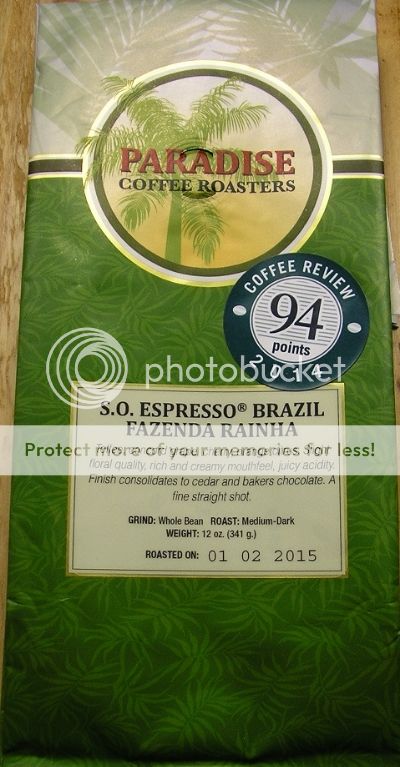Sweet Maria's blending recipes.
Blending for Filter-Drip Brewing: the Melange:
One of the most compelling reasons to blend coffee is the Melange, a blend of coffees roasted to different degrees. A good reason for a Melange may be perhaps that you want the carbony flavors of a dark roast but also want the acidy snap of a lighter roasted Kenya or Central American coffee.
Here's an idea for a blend that has dark roast flavors, good body, and an acidy snap to it:
40% Colombian, Nicaraguan or Brazilian roasted Full City to preserve body
30% Mexican (or other mild Central American) roasted French for sharp, carbony flavors
30% Kenya Estate roasted City for bright acidy snap (var. bright Costa Rican or other Central American)
If you want a Melange that has good body, good bittersweet flavors, but still has acidity, without the carbony flavors:
60% Colombian roasted Full City
40% Kenya or bright Central American roasted City
With a really good Central American that has nice balance, acidity and body, you can even blend two roasts of the same coffee with each other:
60% Colombian or Nicaraguan roasted Full City +
40% of the same coffee roasted City, just past the finish of first crack.
Blending for Filter-Drip Brewing: the Mokha-Java Blend:
It is provocative to contemplate the fact that blending is as old as domesticated coffee production itself. The full body, low-toned Java from Dutch estates was combined with the medium-bodied, enzymatic (floral-fruity), more acidic Mokha coffees from day one it seems. Was it only done by habit? Or was it done to improve taste, the fact that the two complimented each other and resulted in a more complex cup than either provided by itself? With the crude roasting and brewing devices of the time, isn't it amazing that they could taste the improved complexity of the Mokha-Java blend!
Mocha-Java can be interpreted literally, with Yemen Mokha and estate Java as the constituents. Or, as is usually the case, it is a blend of some Indonesian coffee (Sumatra or Sulawesi) with either a (dry-processed) Ethiopian or Yemeni coffee. They are commonly blended in equal parts 50-50, or with a little bias like 40-45 African, 60-55 Indonesian.
Harar (or other Dry Processed Ethiopian) 50%, Java 50% brought to a City Roast: Excellent delicate version of the Mokha-Java blend, with a wonderful floral aroma, fruity acidity, and a medium-full body. Java is the cleanest Indonesian coffee typically, and the most nuanced. This is a superbly complex cup, that alternates between its low tones and the fragrant high notes.
Harar (or other Dry Processed Ethiopian) 50%, Sumatra 50% brought to a deep Full City roast: A more aggressive Mokha-Java, with a deeper, fuller body, and more earthiness in the bass notes. The roast's bittersweet adds to the complexity, and reduces the lovely Harar acidity somewhat.
Harar (or other Dry Processed Ethiopian) 50%, Sulawesi Toraja 50% : The cleaner taste of the Sulawesi vs. the more aggressive Mandheling results in a better, more focused blend. Sulawesi provides a better backdrop to the Harar's enzymatic flowery aromatics.
Yemen 25%, Sulawesi Toraja 75%: By far the best Mokha-Java blend, the Mattari is a great coffee to use almost as a spice ...it is so powerful that straight roasts of it can be a little "too much" for me. The Sulawesi provides a syrupy body and deep tones, the Yemen just sits atop that and adds berry-like fruitiness and intense aromatics.
Ethiopian Djimma 15%/Harar 35% (basically two dry-processed Ethiopians blended), Sumatra 50%: Less acidy and bright and more chocolate and earth. It swings the blend in that direction...
http://www.sweetmarias.com/blending.php







